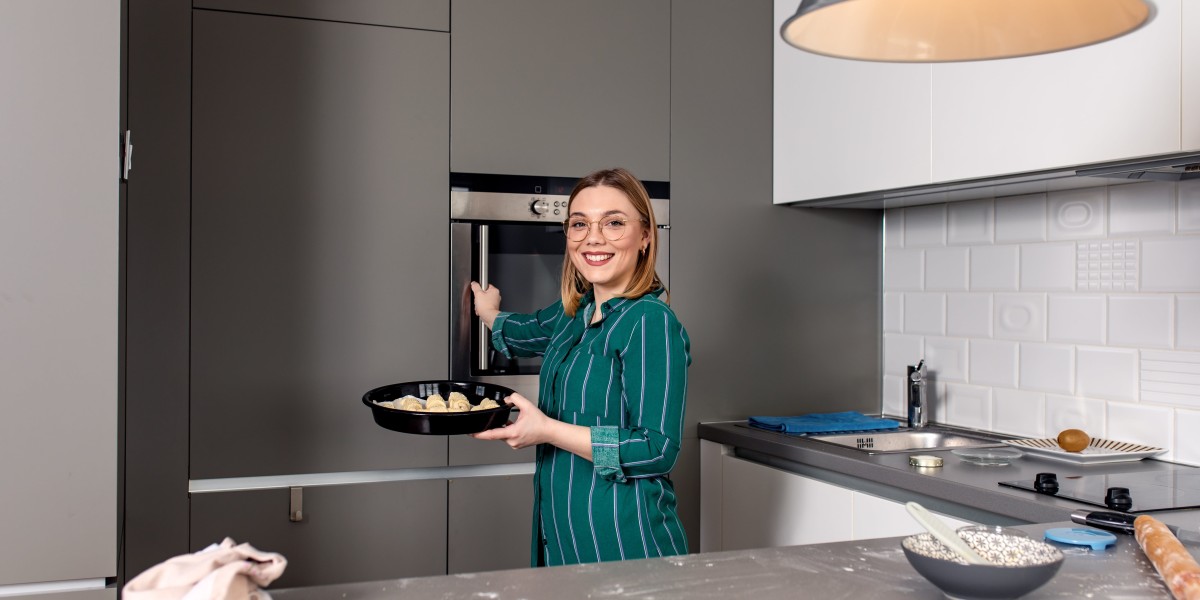As the culinary landscape evolves, so do the tools that help create delectable dishes. The built-in electric oven and hob are central to modern kitchens, combining functionality with design. This article will delve into the features, benefits, and considerations of these kitchen essentials, empowering home cooks and aspiring chefs to make informed choices.
What is a Built-In Electric Oven?
A built-in electric oven is an integrated kitchen appliance designed for efficient cooking. Unlike traditional free-standing ovens, built-in models are seamlessly incorporated into cabinetry, offering a sleek and organized look. They come with various features that cater to a wide range of culinary needs.
Key Features of Built-In Electric Ovens
- Self-Cleaning Options: Many built-in ovens come with self-cleaning functions, which reduce the need for manual scrubbing.
- Multiple Cooking Modes: They offer various cooking options such as convection baking, grilling, and broiling that cater to diverse recipes and cooking styles.
- Digital Controls: Most have user-friendly digital interfaces that allow for precise temperature settings and cooking times.
- Energy Efficiency: Built-in electric ovens generally have better insulation, resulting in reduced energy consumption.
- Stylish Designs: They are available in various colors and finishes that can complement any kitchen style.
Table 1: Comparison of Built-In Electric Ovens
| Feature | Standard Model | Premium Model |
|---|---|---|
| Self-Cleaning | No | Yes |
| Cooking Modes | 3 Modes | 7+ Modes |
| Digital Controls | Basic | Smart Technology |
| Energy Efficiency | Energy Star Rated | High Energy Efficiency |
| Price Range | £500 - £1,000 | £1,000 - £3,000 |
What is a Built-In Electric Hob?
Built-in electric hobs (or cooktops) offer a versatile cooking surface integrated into countertops. They can be made of various materials, such as glass or ceramic, and typically feature electric heating elements.
Key Features of Built-In Electric Hobs
- Smooth Surface: Most hobs feature a flat, seamless surface that is easy to clean.
- Induction Cooking: Some models offer induction cooking, where heat is generated directly in the cookware, providing faster cooking times and increased energy efficiency.
- Touch Controls: Advanced hobs often come with touch-sensitive controls for precise heat adjustments.
- Safety Features: Built-in hobs often include features like child locks and automatic shut-off to ensure safety during use.
- Warming Zones: Some hobs come equipped with warming zones to keep food hot until ready to serve.
Table 2: Features of Built-In Electric Hobs
| Feature | Standard Model | Advanced Model |
|---|---|---|
| Surface Material | Ceramic | Glass/Ceramic |
| Heating Type | Coil/Resistive | Induction |
| Control Type | Knob | Touch/Smart |
| Safety Features | Basic | Advanced (Auto Shut-off) |
| Price Range | £300 - £800 | £800 - £2,000 |
Benefits of Built-In Electric Ovens and Hobs
Installing built-in electric ovens and hobs can significantly enhance a kitchen's functionality and style. Below are some of the key benefits:
- Space Optimization: Built-in appliances maximize kitchen space, making it appear less cluttered.
- Aesthetics: They lend a modern, streamlined look to kitchens, enticing home buyers and enhancing the overall design.
- Easy Integration: Built-in models can be tailored to fit seamlessly with existing cabinetry and other appliances.
- Customization: Consumers have a wide variety to choose from in terms of features, sizes, and styles, allowing for personalized kitchen aesthetics and functionality.
Installation and Maintenance Considerations
When opting for built-in electric ovens and hobs, users should consider proper installation and maintenance practices to ensure longevity and safety:
- Professional Installation: It is advisable to hire a professional for installation to guarantee adherence to safety standards and code compliance.
- Regular Maintenance: Cleaning the surfaces regularly and checking for any wear and tear aids in preserving the efficiency and appearance of these appliances.
- User Manual: Following the manufacturer’s guidelines in the user manual facilitates optimal use and allows for troubleshooting common issues.
Maintenance Tips:
- Cleaning: Wipe surfaces with a damp cloth after each use. Use specialized cleaners for tough residues.
- Check Connections: Regularly check that electrical connections are secure and inspect appliance plugs for damage.
- Temperature Calibration: If cooking times seem off, ensure to calibrate the temperature settings based on the user manual instructions.
FAQs
Q1: What are the advantages of using induction hobs?
A1: Induction hobs provide faster heating, better energy efficiency, and improved safety since they only heat the cookware and not the surrounding area.
Q2: Can I install a built-in oven under my countertop?
A2: Yes, many built-in ovens are designed for under-counter installation, but it is crucial to check manufacturer specifications.
Q3: How do I know if my oven is energy-efficient?
A3: Look for an Energy Star rating or check the oven's insulation and energy consumption specifications in the user manual.
Q4: Are built-in appliances more expensive than standalone models?
A4: Generally, built-in appliances can be more expensive, but they provide better space utilization and aesthetics, which may add value to your home.

Q5: What should I consider when choosing between electric and gas appliances?
A5: Consider factors such as cooking style, budget, availability of gas lines, installation requirements, and personal preferences regarding temperature control.
Built-in electric ovens and hobs represent a fusion of functionality and style in modern kitchens. With their myriad options and advanced features, they cater to both novice cooks and seasoned chefs alike. By understanding their benefits, features, and maintenance requirements, consumers can confidently incorporate these essential appliances into their culinary spaces, enhancing their cooking experience for years to come.








